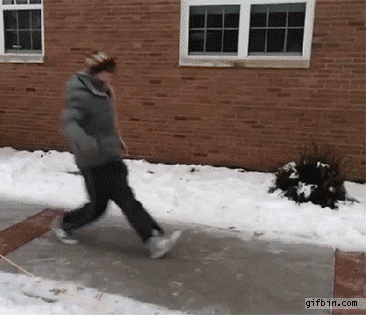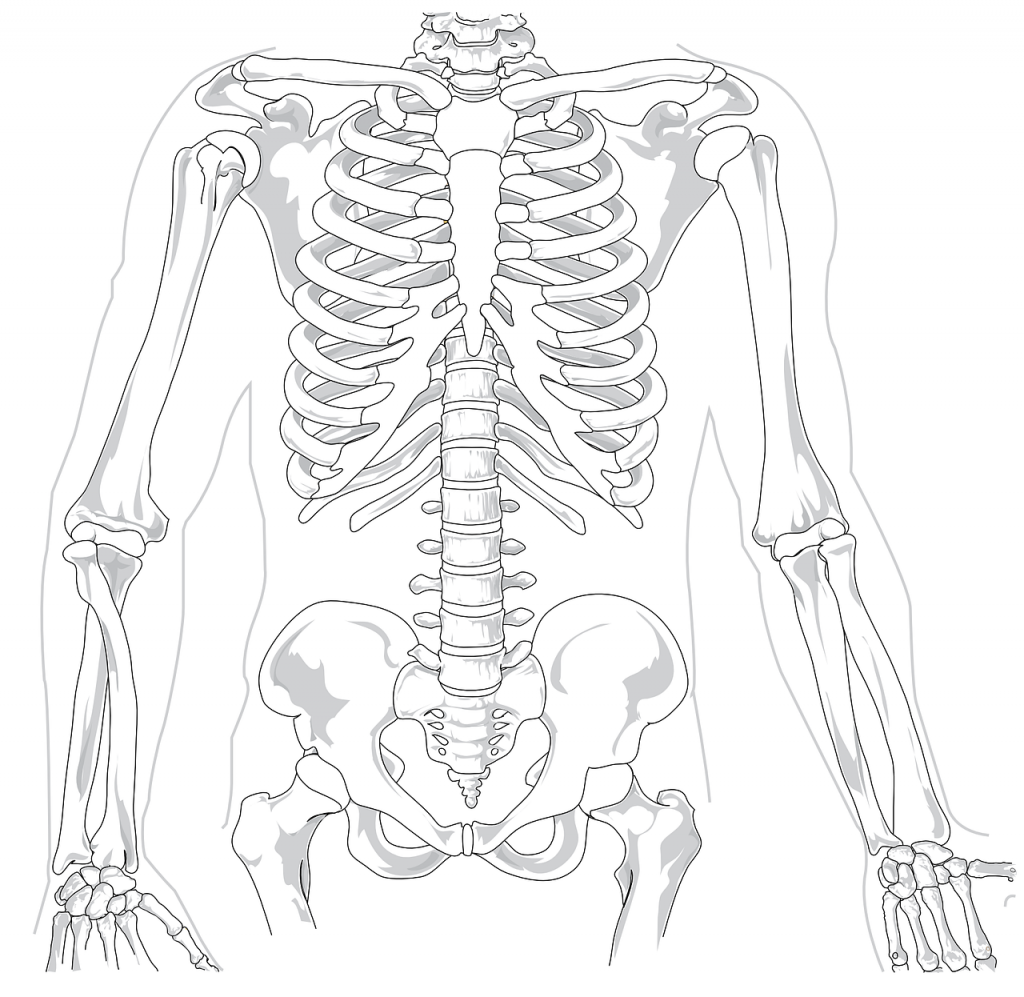Grisso, J. A., & Ness, R. B. (1996). Update in women's health. Ann Intern Med, 125(3), 213-220.
Silva, M. J., & Touhey, D. C. (2007). Bone formation after damaging in vivo fatigue loading results in recovery of whole-bone monotonic strength and increased fatigue life. J Orthop Res, 25(2), 252- 261.
Greenspan, S. L., Myers, E. R., Maitland, L. A., Resnick, N. M., & Hayes, W. C. (1994). Fall severity and bone mineral density as risk factors for hip fracture in ambulatory elderly. JAMA, 271(2), 128- 133.
Hayes, W. C., Myers, E. R., Morris, J. N., Gerhart, T. N., Yett, H. S., & Lipsitz, L. A. (1993). Impact near the hip dominates fracture risk in elderly nursing home residents who fall. Calcif Tissue Int, 52(3), 192-198.
Keyak, J. H., Rossi, S. A., Jones, K. A., Les, C. M., & Skinner, H. B. (2001). Prediction of fracture location in the proximal femur using finite element models. Med Eng Phys, 23(9), 657-664.
Cooper, C., Atkinson, E.J., O’Fallon, W.M., Melton, L.J. III. (1992). Incidence of clinically diagnosed vertebral fractures: A population-based study in Rochester, Minnesota, 1985-1989. J Bone miner Res, 7(2):221-227.
Black, D. M., & Thompson, D. E. (1999). The effect of alendronate therapy on osteoporotic fracture in the vertebral fracture arm of the Fracture Intervention Trial. Int J Clin Pract Suppl, 101, 46-50.
Gunnes, M., Mellstrom, D., & Johnell, O. (1998). How well can a previous fracture indicate a newfracture? A questionnaire study of 29,802 postmenopausal women. Acta Orthop Scand, 69(5),508-512.
Lauritzen, J. B., & Lund, B. (1993). Risk of hip fracture after osteoporosis fractures. 451 women with fracture of lumbar spine, olecranon, knee or ankle. Acta Orthop Scand, 64(3), 297-300.
Melton, L. J., 3rd, Atkinson, E. J., Khosla, S., O'Fallon, W. M., & Riggs, B. L. (1999). Secondary osteoporosis and the risk of vertebral deformities in women. Bone, 24(1), 49-55.

